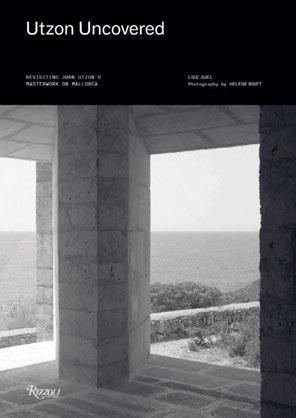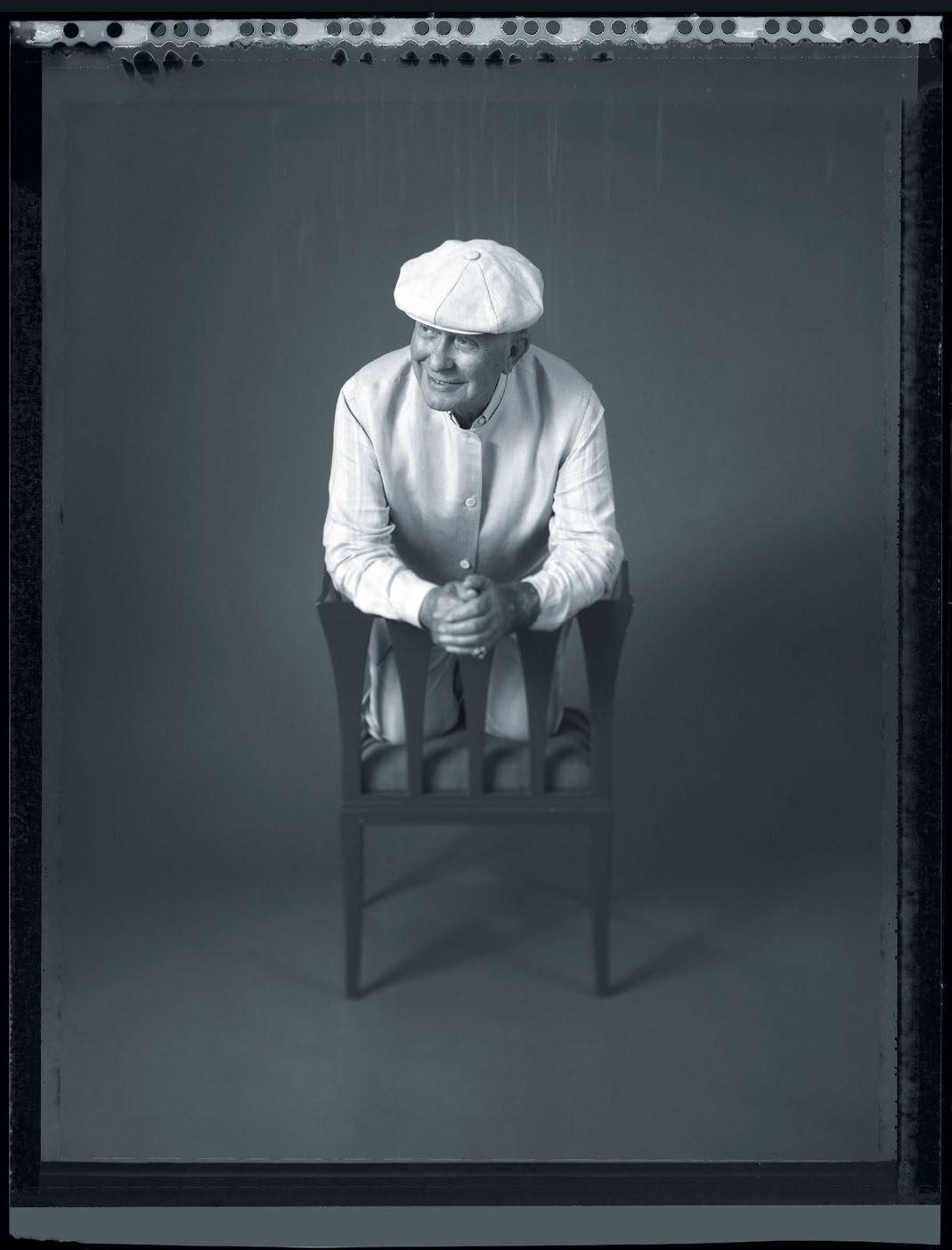
3 minute read
BOOKS
Snowbound: Dwelling in Winter by William Morgan New York: Princeton Architectural Press, $50 224 pages, 131 photographs (127 color)
If you thumbed through this book without noticing its title, you might think it’s just a handsome survey of handsome houses. But actually all the sites have something else in common: snowy, freezing conditions, with their average low temperature listed. Surprisingly,although over a dozen locations are visited, including Russia and Scandinavia, the coldest are in the U.S.: 8 degrees in Thornton, New Hampshire, and 9 in Grand Marais, Minnesota.
All the houses are recent, the oldest completed in 2010, the latest in 2019, and all share a clean, fresh, modernist spirit that Morgan calls “aspirational design.” None is a grim fortress; many are playful, enjoying their remoteness from urbanity and their closeness to nature, whatever the temperature. They provide sustainability and protection “with both ageold and revolutionary new” techniques and materials. Among the old are steep roofs and mortiseandtenon wood frames; among the new are thermal mass concrete floors and densely packed cellulosefiber insulation.
Even some of the names of the structures display their bravado enthusiasm: Cabin on a Rock, Rabbit Snare Gorge, and FourCornered Villa, the latter having a crossshape plan with 12 corners. As our earthly climate becomes increasingly bizarre, here’s proof that newly necessary scientific measures need not detract from architectural clarity and spirit.
books edited by Stanley Abercrombie
Ryan Matthews
Founder of Ryan Matthew Interiors Utzon Uncovered: Revisiting Jørn Utzon’s Masterwork on Mallorca by Lise Juel New York: Rizzoli International Publications, $45 144 pages, 90 illustrations (17 color)

It would be easy to think of architect Jørn Utzon (19182008) as a one-trick pony, his one trick being the Sydney Opera House, of course. But he also designed housing, schools, banks, andchurches in his native Denmark and the National Assembly Building in Kuwait. Perhaps his finest, and certainly his most personal, project of all is the subject of this book: Can Lis, a house for him and his family on the Spanish island of Mallorca.
Built almost completely of rough-hewn honey-colored local sandstone, it consists of four separate cliff-top pavilions, each with its own orientation and view of the Mediterranean Sea. In and among these pavilions are copious courtyards, each, we imagine, with its own perfect time of day. Furniture, also by Utzon, ismadera nortewood. The house was finished in 1974 and, in 2009, it was sold to the Utzon Foundation. It now serves as a private retreat for artists, architects, and writers chosen by the Danish Arts Foundation.
The book’s author is herself a Danish architect and, after having worked with Utzon on his last project, the Utzon Center in Aalborg, supervised an extensive restoration of Can Lis. The crisp book design is by MGMT. The strong photography (each image given a full page or two) is by Hélène Binet, who last year was given the Ada Louise Huxtable Award for her contribution to the field of architecture.

What They’ re Reading...
Wabi-Sabi for Artists, Designers, Poets & Philosophers by Leonard Koren Point Reyes, California: Imperfect Publishing, $16 96 pages, 26 black-and-white illustrations
“This book was given to me by my stepfather. With my passion for helping people create spaces and homes that feed their soul, he knew its essence would capture my heart. It did, because the philosophy of wabi-sabiis a practice that has interested me for a long time. Its understanding of impermanence, change, and acceptance is profound. There's beauty in imperfection, in simplicity, in naturalness. While we all try to navigate new and uncertain times, it’s good to be reminded of the beauty that lies within that. When I work, I love to find that interesting polarization between imperfection and cleanliness, to break a clean line with an object of wear and tear. With the current circumstances of our world, Koren’s book is ever more compelling.”








